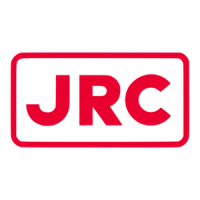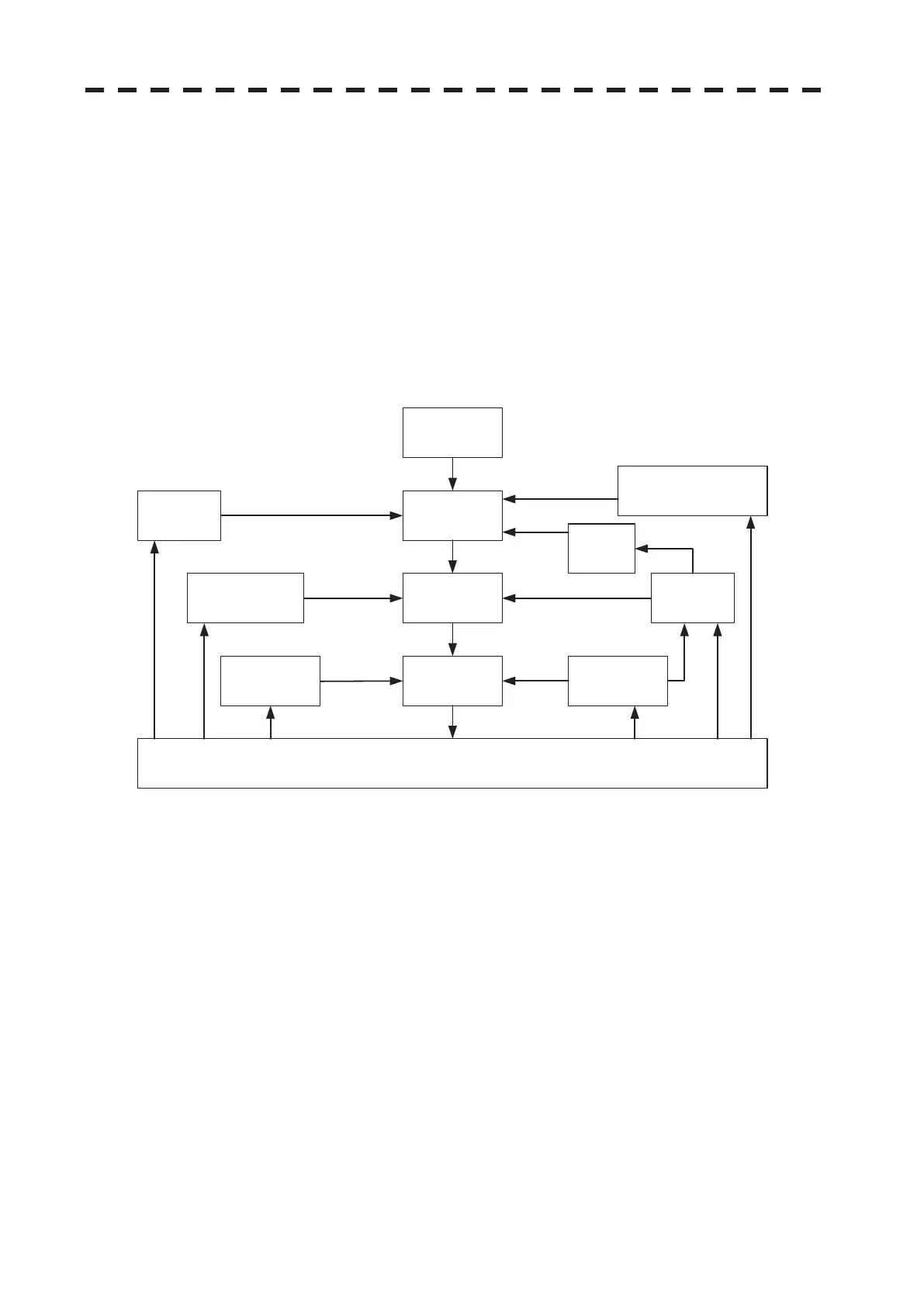ņ3
5.1.1 Collision Avoidance
Problems of Collision Avoidance in Navigation
Marine collision avoidance is one of the problems that have been recognized from of old. Now, it will be
described briefly who the collision avoidance is positioned among the navigational aid problems.
The navigation pattern of all mobile craft constitutes a system with some closed loops regardless of the media
through which the mobile craft travels, whether air, water, the boundary between air and water, or space. This
pattern consists of two closed loops in principle, one of which is a collision with another mobile craft and the
other is a loop of finding a right and safe way to reach a predeterminate destination. Fig. 5-1 shows the
conceptual diagram of navigation pattern by MR. E.W. Anderson. The closed loop of collision avoidance is
shown on the left side and the closed loop of finding a right course on the right side.
Destination
Mancuver
Cource and
speed
Course
Ship traveling in controlled condition
Insrument or
judgement
Control
loop
Compass
and log
Caluculati
on
Fixing by radio wave,
visual and celestial
observation
Judgement
Visual and radio
watch
Traffic rule
Cllision
avoidance loop
Vessels Spacing loop
Collision avoidance Decision of cource
Guide loop
Dead
reckoning
Fig. 5-1 Navigation Pattern
Marine Accidents and Collisions
Among marine accidents, collision accidents have been highlighted as the tonnages and speeds of ships become
higher along with the increase in traffic at sea. If a tanker carrying dangerous articles such as crude oil collides
with any other vessel, then not only the vessels involved with the accident but other vessels in the vicinity, port
facilities, inhabitants in the coastal area as well as marine resources may also suffer immeasurable damages and
troubles. Collision accidents have a high percentage of the marine accidents that have occurred in recent years.
To cope with these problems, any effective measures are needed and some equipment to achieve collision
avoidance requirements have been developed at rapid strides.

